Olympus rounds out f/1.2 Pro prime lens series: New 17mm, 45mm optics offer beautifully-feathered bokeh
posted Wednesday, October 25, 2017 at 2:00 PM EST
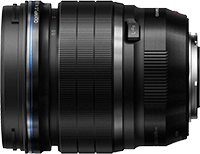
If you're a fan of really bright prime lenses, Olympus has great news for you today. The company has just unveiled two new M.Zuiko ED Pro-badged f/1.2 optics with 17mm and 45mm focal lengths, respectively. The pair are similar in many respects to the existing M.Zuiko ED 25mm f1.2 Pro prime lens, which we crowned as our standard prime lens of the year back at the end of 2016.
Like that optic, both the M.Zuiko ED 17mm f1.2 Pro and M.Zuiko ED 45mm f1.2 Pro feature designs which are dustproof, splashproof and freezeproof to 14°F (-10°C) thanks to the presence of comprehensive weather-sealing. Both also feature Olympus' Z Coating Nano, a nanocoating which is applied over the top of a vapor-deposited one, and is said to reduce flare and ghosting over standard vapor-deposited coatings alone.
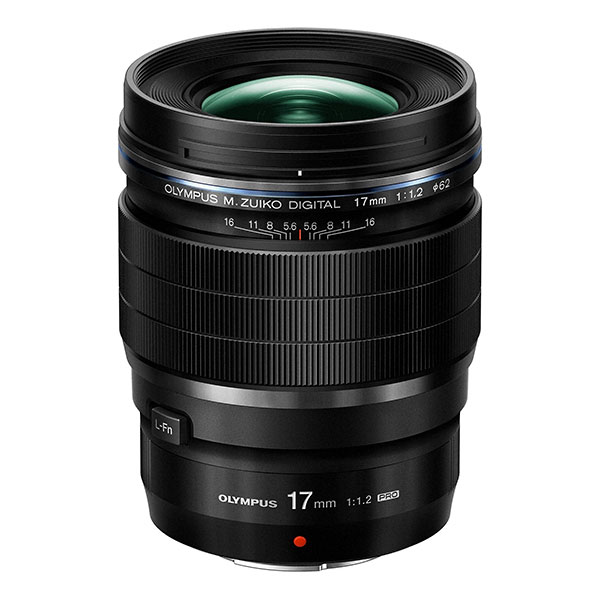
On the inside, the pair feature nine-bladed, circular apertures for attractive bokeh. They've also been designed specifically to provide not just for round bokeh, but to ensure that it is nicely feathered as well. (That is to say that the bokeh is not hard-edged, but rather softly ramps up as you approach highlights in out-of-focus areas.) The result is a much less distracting background than you'd find in an optic with harder-edged bokeh, which helps to better direct your viewers' attention towards your primary subject.
This is a feature which typically comes at expense of a little resolution on in-focus areas, but for the 17mm optic in particular, Olympus says it has nevertheless been able to deliver high resolution thanks in part to its use of an industry-first ED-DSA (Extra-low Dispersion Dual Super Aspherical) lens element. ED-DSA elements are apparently very hard to make, as Dual Super Aspherics are prone to cracking unless temperature is controlled very precisely during heating and cooling, and so too is extra-low dispersion glass. Combining the two is all the more challenging.

But by being the first to do so, Olympus is able to reap advantages in terms of chromatic aberration, coma and astigmatism. And as if that wasn't already plenty to recommend the new ED-DSA lens element, it also allows for a smaller, lighter optical formula overall, since the number of distinct lens elements needed to tame optical aberrations can be reduced.
Olympus is also calling attention to autofocus performance for both lenses, just as it did with 25mm, thanks to its use of an MSC (Movie & Still Compatible) stepper motor-based screw drive design. And the company further notes that unlike in DSLR bodies, where f/1.2 optics require special, larger AF units to provide for a longer baseline, its f/1.2 lenses can focus precisely on the E-M1 II camera body since its on-chip phase-detection autofocus system doesn't have a fixed baseline.
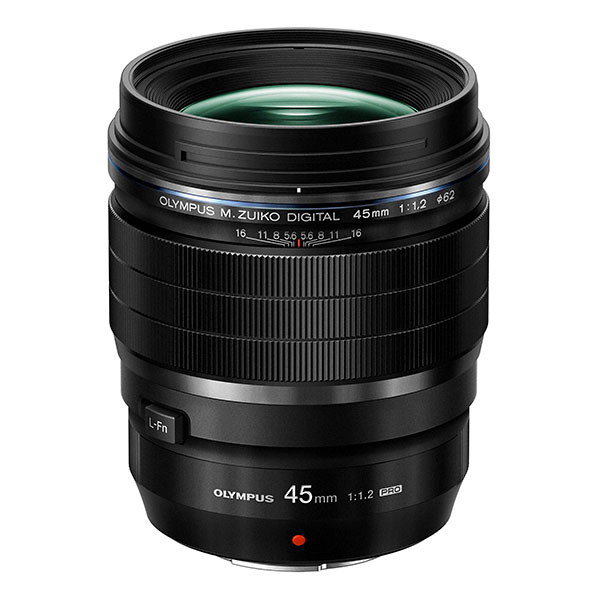
The Olympus M.Zuiko ED 17mm f1.2 Pro prime lens has a complex optical formula featuring 15 lens elements in 11 groups, including one Super ED, three ED, one ED-DSA, one EDA, one Super HR and one aspheric element. It is capable of focusing to as close as 20cm for a 0.15x (0.3x equiv.) magnification, and Olympus is claiming a focus time of just 0.12 seconds when using a single center AF point, single-servo operation and no image stabilization, while refocusing from infinity to a subject at a distance of one meter. The M.Zuiko 17mm f/1.2 has a 2.7-inch (68.2mm) diameter, a length of 3.4 inches (87mm) and weighs 13.8 ounces (390g).
The Olympus M.Zuiko ED 45mm f1.2 Pro prime lens, meanwhile, has an optical formula featuring 14 elements in 10 groups, among which there are one ED element, four HR elements and one aspheric. It focuses to 50cm for a 0.1x (0.2x equiv.) magnication, and has a claimed 0.2-second focus time with the same testing methodology as previously described for the 17mm optic. It has a diameter of 2.8 inches (70mm), a length of 3.3 inches (84.9mm) and weighs 14.5 ounces (410g).
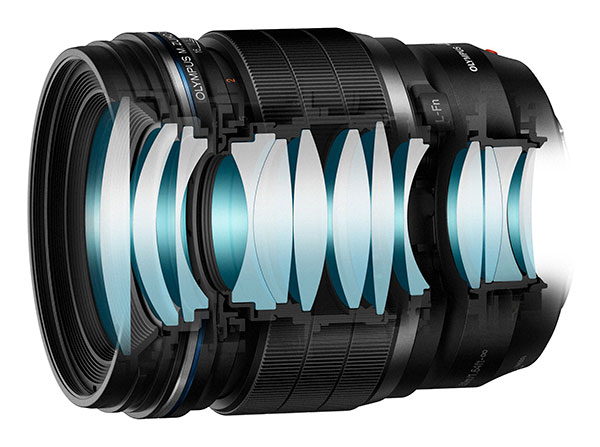
Like the 25mm f/1.2 prime before them, both lenses also have new labeling with greater prominence given to the focal length, and a new, wider front-positioned focusing ring with manual focus clutch. (To focus manually, you simply pull the focus ring backwards toward your body.) And both lenses feature a new, softer profile around the L-Fn button which makes it easier to reach.
Both ship with included lens hoods, and these now have a flat lock button to prevent accidental presses. (The 17mm uses an LH-66C petal hood, while the 45mm accepts an LH-66B regular hood) The product bundles for both optics also include an LC-62F lens cap and an LSC-0811 lens bag. And since all three of Olympus' M.Zuiko f/1.2 primes feature the same 62mm filter thread size, you can swap filters between lenses interchangeably, which is a nice touch.
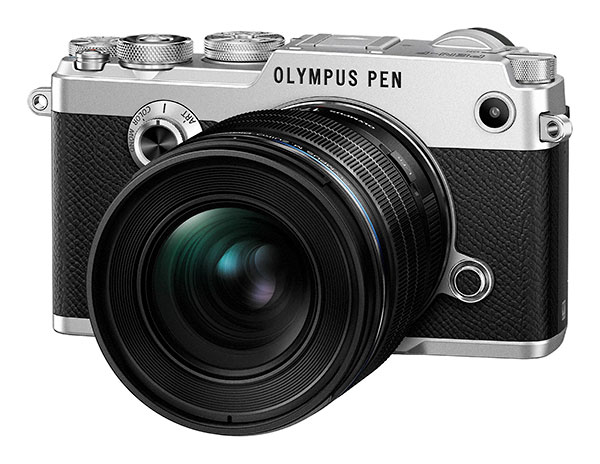
The Olympus 45mm f/1.2 prime will be the first to ship from late November 2017, priced at US$1,200 (CA$1,500) or thereabouts. The Olympus 17mm f/1.2 prime will follow from late January 2018, also with a list price of US$1,200 (CA$1,500) or thereabouts.